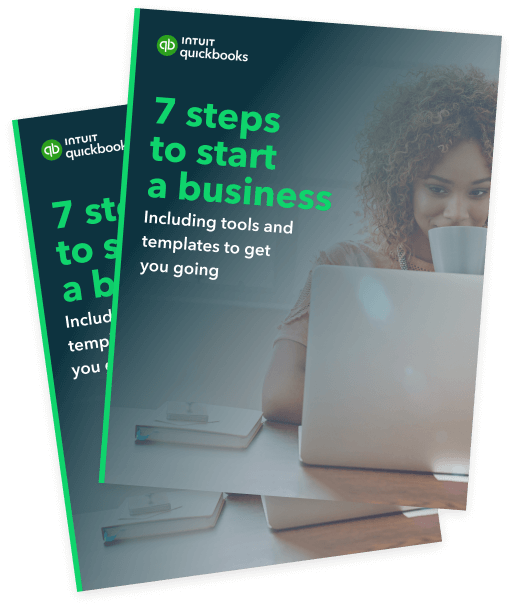A pro forma invoice is a preliminary bill of sale sent to buyers in advance of the delivery of goods. Learn how and when to use them for your business.
Whether you like it or not, invoicing is an essential part of running a business. Issuing invoices to customers promptly and paying your invoices from suppliers on time keeps cash flowing into your business and maintains good relationships with your supply chain. But what about pro forma invoices?
In this blog post, we’re going to take a closer look at the pro forma invoice, meaning a bill of sale for your customers before you deliver your services (sometimes written as ‘pro forma invoice’). We’ll help you understand what a pro forma invoice is, how it differs from a standard invoice, and when your business should use it.















